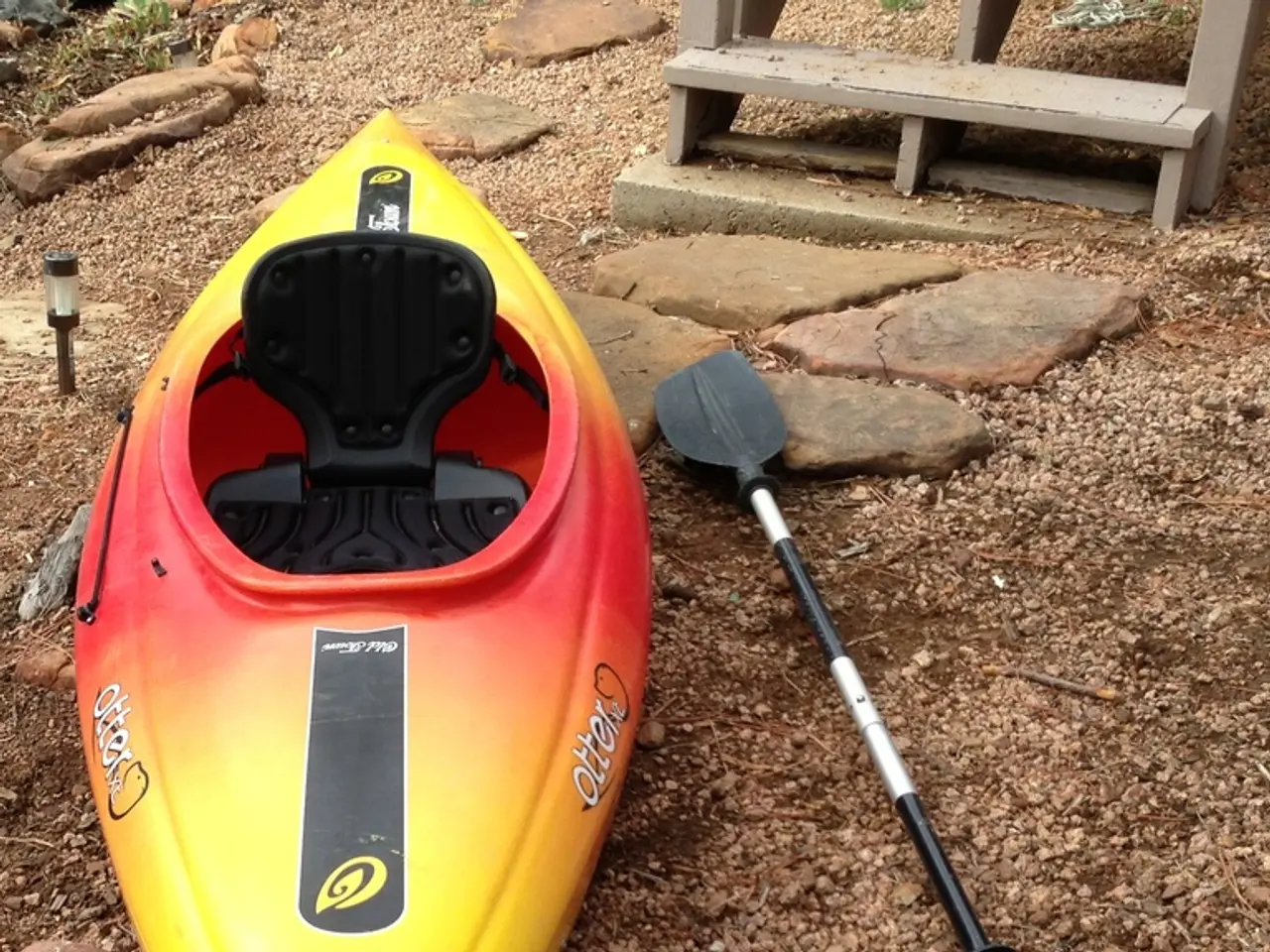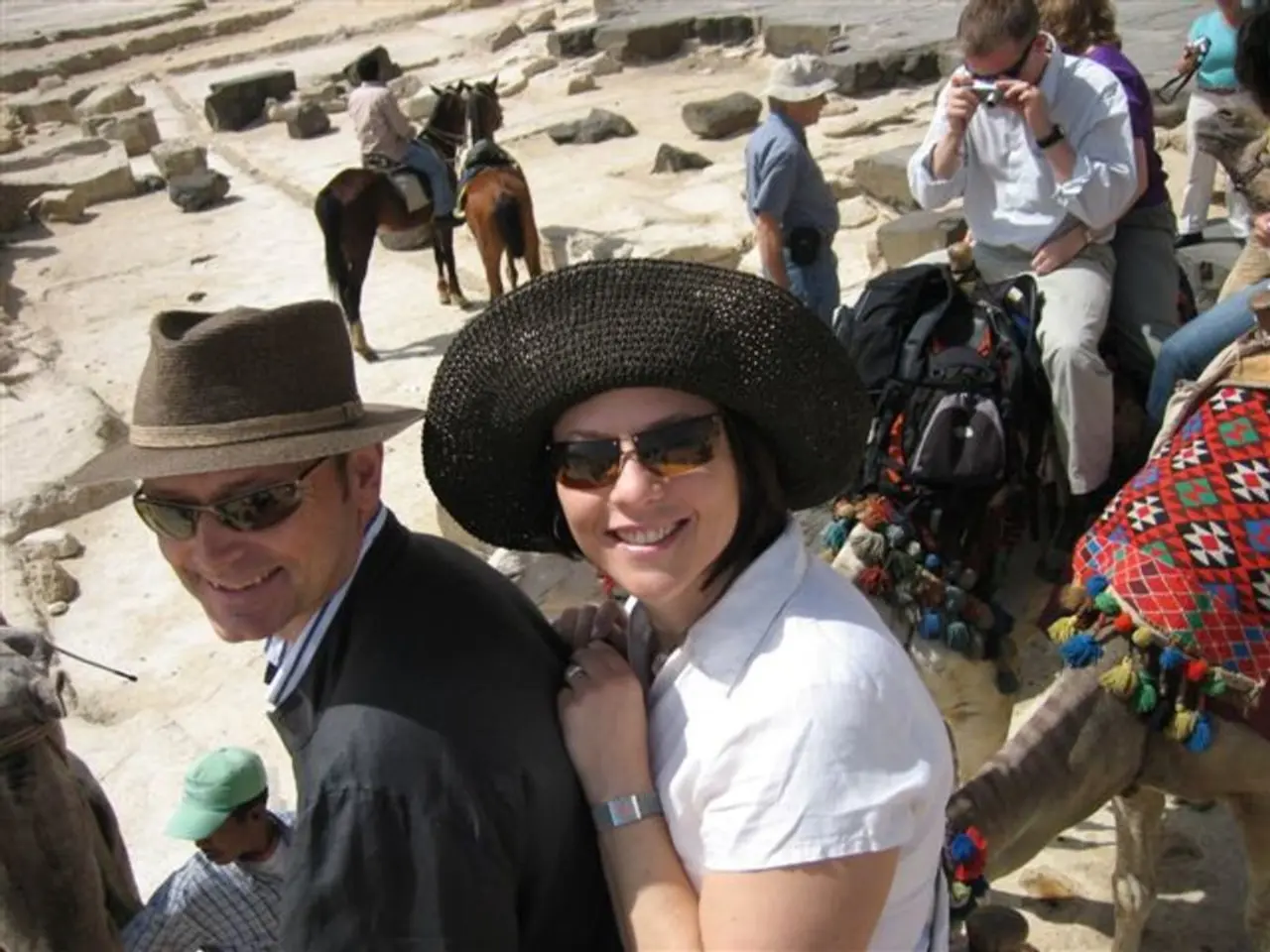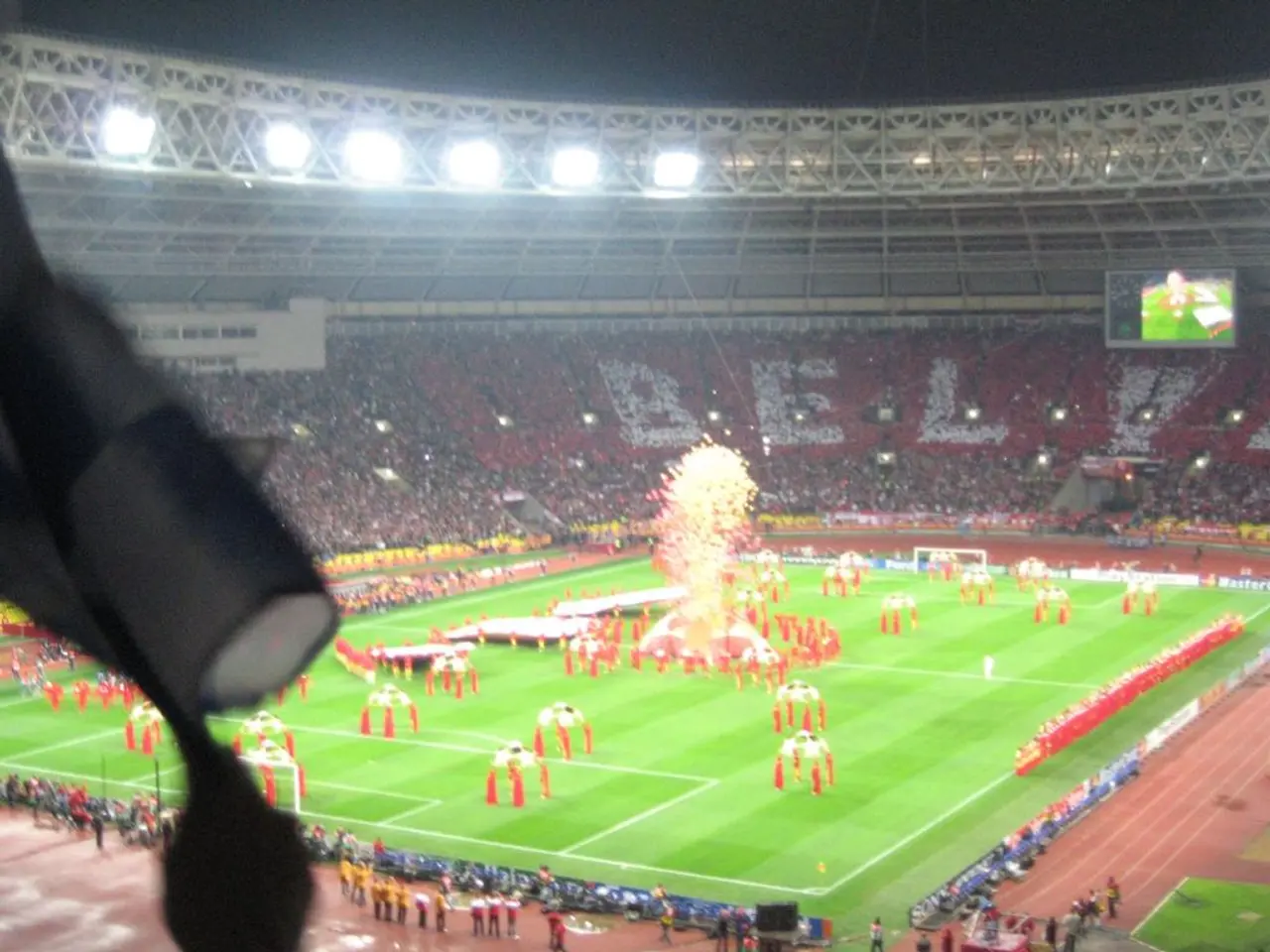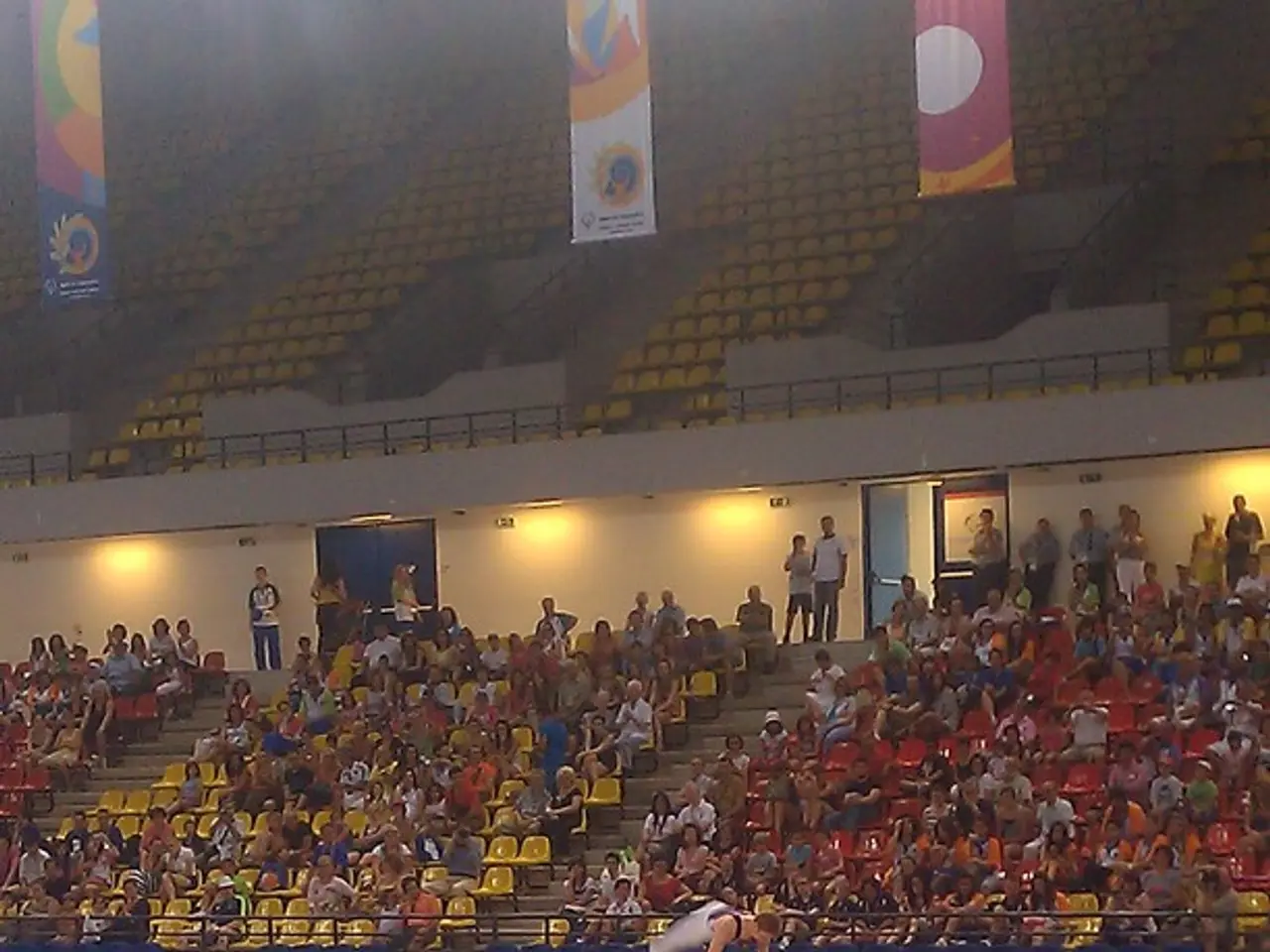Navigating Challenging Mooring Spots: A Comprehensive Guide
When setting sail, identifying a suitable anchorage is crucial for a safe and secure night's rest. The seabed type, depth, and bottom gradient are key factors to consider. Sand and mud provide the best holding, while weed and rock should be avoided. A flat and not too steep bottom slope ensures adequate swing room and shelter.
Avoid anchoring over seagrass beds, as they are ecologically sensitive and may affect anchor holding if covered with heavy seaweed. If depth limits a 360° swing circle, a second stern anchor can provide extra holding.
Using Kedge Anchors
A kedge anchor is a secondary anchor used to help reposition or hold a vessel in a restricted area. To set a kedge anchor, choose a location where you want the boat to be held or moved towards. Carry the kedge anchor out ahead of the vessel, either using a dinghy or by slowly steaming out.
Drop and set the anchor on the seabed, ensuring it digs in properly. Slowly haul the vessel towards the kedge anchor by pulling on its rode (line or chain), effectively repositioning or stabilising the boat. Secure the kedge anchor rode once tension is adequate.
Setting a Kedge from a Dinghy
To set a kedge from a dinghy, attach a buoyed trip line to the kedge, flake the warp and chain into the dinghy, and drive the dinghy to the desired position.
Setting a Kedge Without a Dinghy
To set a kedge without a dinghy, flake the kedge and chain on the transom, ease out extra chain on the bow anchor, and reverse the boat to drop the kedge.
Advantages and Disadvantages
While a kedge anchor is not as good as the main anchor, especially in strong conditions, it can be useful in providing additional holding power and maneuverability in tight anchorages. The disadvantage of a fore and aft configuration is that if conditions change, there will be a big load on both anchors.
Retrieving a Second Anchor
To retrieve a second anchor, either use the trip line to pull it up or buoy the bitter end of the kedge anchor chain and haul it up over a second bow roller.
Considerations for Open Anchorages
For open anchorages, an offshore breeze and protection from the sea and swell are essential. Consider both high and low water depths when anchoring, as tide levels can significantly affect the holding power of the anchors.
A fender on a line slightly longer than the maximum expected depth can keep the buoy above the anchor, ensuring it doesn't drag on the seabed during the tide changes. The Bahamian moor allows the boat to swing freely while tethering it into a single position, providing additional stability in open anchorages.
The Importance of Tidal Anchorages
The character of tidal anchorages can change through the cycle, so it's important to choose an anchorage that can accommodate these changes. Trip lines can cause problems by winding around the chain, but they can be useful on rocky bottoms or in the vicinity of coral.
In summary, select anchorage based on seabed quality (preferably sand), depth, bottom slope, and shelter. Use kedge anchors by setting them separately to assist or reposition, employing suitable rope or chain for strength and reliability.
In a tight anchorage, a kedge anchor, often used as a secondary anchor, can offer additional holding power and maneuverability. However, it's not as effective as the main anchor in strong conditions, and using a fore and aft configuration may put a big load on both anchors if conditions change.
When sailing in open anchorages, protection from the sea and swell, as well as considering both high and low water depths, are crucial to ensure adequate holding power for your anchors.





